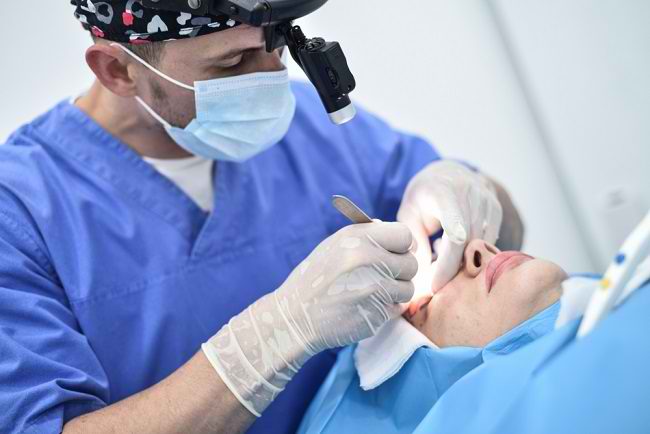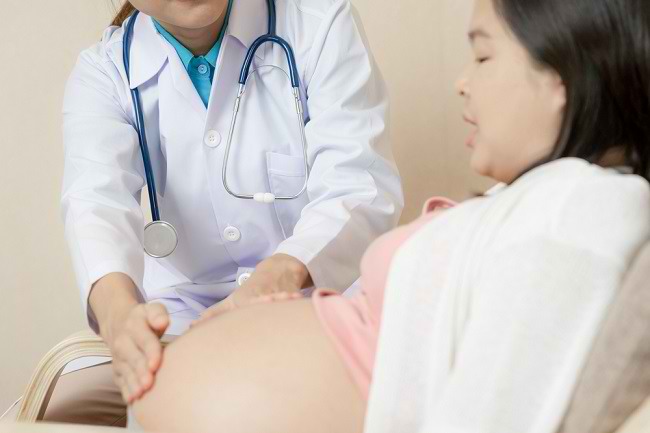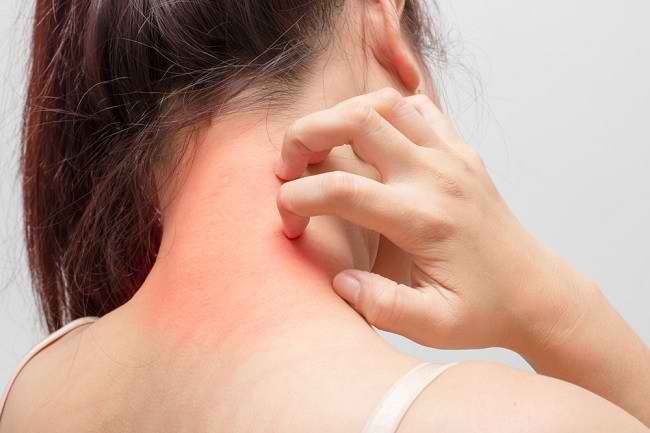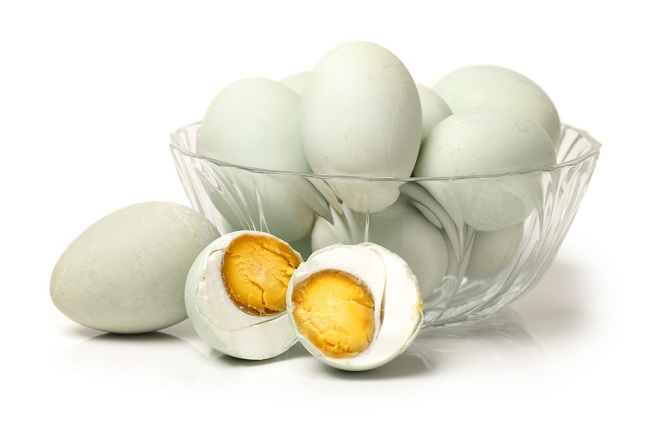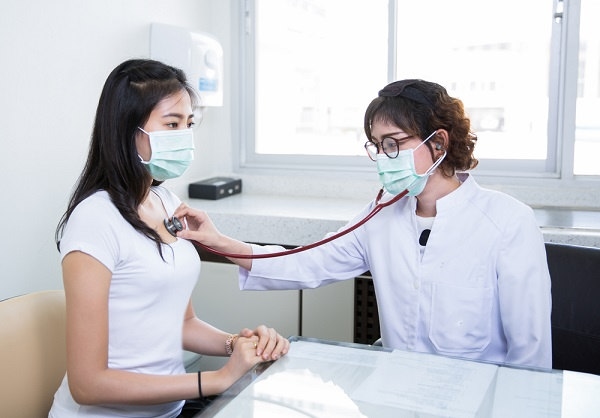Mood swings and stomach cramps are common in women during menstruation. The good news is, there are several foods or drinks that can be consumed to reduce these complaints, so that menstruation can feel more comfortable.
During menstruation, hormonal imbalance can indeed cause emotions to become more unstable and the body tired quickly. Even so, there is an easy way to overcome this hormonal imbalance, which is to adopt a healthy and balanced diet.

Variety of Foods for More Comfortable Menstruation
Here are some types of food and drink that you need to consume, so that menstruation feels more comfortable:
1. Foods that contain complex carbohydrates
Changes in hormone levels before menstruation is natural to make you feel hungry easily. However, if you eat too many foods that are high in sugar and salt, it can actually cause symptoms of premenstrual syndrome (PMS), one of which is flatulence due to fluid retention in the body.
To prevent this condition, you are recommended to eat foods that contain complex carbohydrates, such as brown rice, whole wheat bread, vegetables, nuts, and seeds. This is important because the fiber in complex carbohydrates can keep the stomach full longer, and can even help stabilize it mood swings during menstruation.
2. Foods that contain iron
Heavy periods can cause some women to develop iron deficiency anemia. This condition can cause migraines and fatigue, especially at the end of your period.
If you feel these symptoms, you need to eat more foods that contain iron, such as lean meat, seafood, green leafy vegetables, whole grains, and legumes. In addition, you can also eat foods rich in vitamin C to help absorb iron.
3. Foods that contain healthy fats
Studies show that eating foods that contain healthy fats, such as omega-3s, is considered effective in reducing the intensity of menstrual pain. Not only that, omega-3 fatty acids can even help reduce depression and stabilize mood swings in women during menstruation.
Some examples of food sources of omega-3 fatty acids include salmon, mackerel, oyster shells, spinach, cabbage, eggs, flaxseed, and chia seeds.
4. Foods that contain magnesium
Studies reveal that magnesium has the potential benefit of helping to reduce menstrual discomfort. Ranging from relieving constipation, flatulence, headaches, to calming the nervous system and helping regulate the body's response to stress.
Some types of food sources of magnesium that you can consume include fish, whole grains, nuts, and dark green leafy vegetables such as spinach and broccoli.
5. Foods high in calcium and vitamin D
According to studies, women who eat foods rich in calcium and vitamin D are less at risk of developing premenstrual syndrome. Calcium intake in the brain can help relieve anxiety and depression, as well as help relieve muscle cramps that are felt during menstruation.
Calcium can be obtained naturally from cheese, low-fat milk, yogurt, soy milk, or orange juice fortified with calcium and vitamin D.
6. Foods high in antioxidants
Foods with high antioxidant content can also be consumed to reduce menstrual complaints and reduce stress hormone levels. Some types of foods high in antioxidants that you can consume during menstruation are dark chocolate and cucumber.
Not only eating a variety of foods above, you also have to drink enough mineral water because it really helps reduce complaints of headaches and flatulence during menstruation.
In addition, the important thing to remember in implementing a healthy diet for comfortable menstruation is to limit the consumption of sweet, salty, and fatty foods, because these foods have the risk of worsening menstrual symptoms. Likewise, alcoholic and caffeinated drinks can cause flatulence and headaches.
Well, now that you know, right, the right food and drink during menstruation? Hopefully by consuming it you can feel more comfortable while undergoing menstruation.
If the discomfort turns into a nagging pain or persists, you should consult a doctor for proper examination and treatment.




